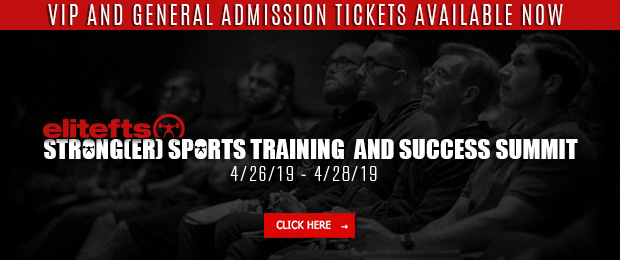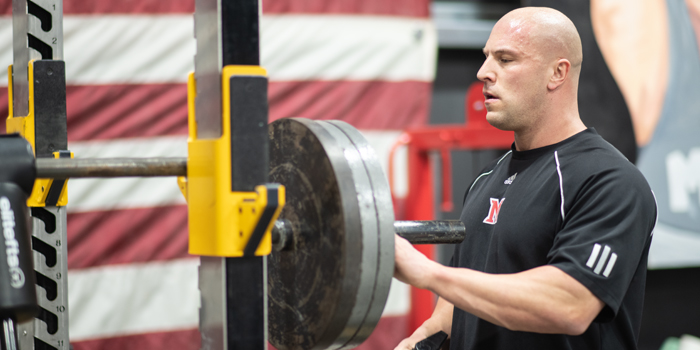
I’ve been competing in strength sports for about eight years now and have been supervising large groups of employees for about seven. Every year I see more parallels between helping people be successful in both worlds, and I learn from what I’ve done successfully, and more importantly, what I’ve screwed up.
I’m far from done learning, but I wanted to share three keys that I think can help you better lead both athletes and staff.
RECENT: Your First Meet Cycle — How to Lay the Program's Foundation
1. Build Strengths; Don’t Just Address Weaknesses
For athletes, you obviously want to address mental, technical, and physical weaknesses. Particularly with the highlight-reel environment that social media can facilitate, too many people are in denial of their own weaknesses and only focus on what they’re good at. With that, however, you don’t want to neglect someone’s strengths in the effort to “fix” everything.
Physical strengths are not only important tools for success, but oftentimes, they can provide a foundation for additional strengths in other areas. Physical strengths are a great starting point to build from as you address weaknesses in other areas. That’s why as you continue to refine your art as a coach, rather than just saying, “Oh, they have a weak deadlift lockout, so exercise _____ is always the answer,” you may look at their strengths across various movements and identify movements that will complement them (and it may vary from lifter to lifter).
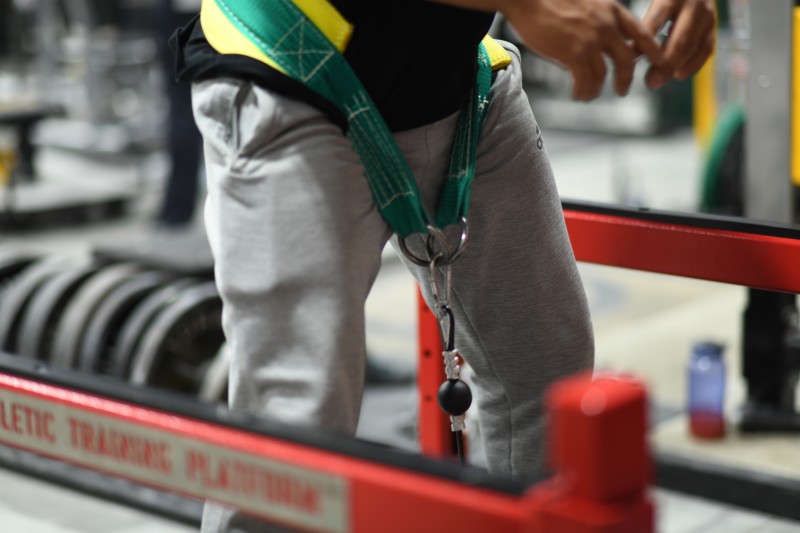
The same goes for mental strengths as a lifter. Identifying what helps each lifter feel confident or attack a challenge is a key that you need to be able to use. Mental weakness needs to be built upon, but just like with the physical dimension, mental strength can be used to facilitate growth across weaknesses.
The more time you spend with a lifter, you’ll be able to identify their “why,” and what shifts them into the zone where they’re confident and reach another level of performance. This is something that you’ll really only be able to identify in-person, and when you do identify it, it will be a priceless tool to use with your athlete.
For employees, the same principle applies. In staff management, it’s easy to constantly be focused on evaluating and correcting so frequently that it feels like you’re constantly just trying to fix everything. In working with college student employees, I know this feeling all too well. Addressing concerns and providing accountability is incredibly important, but you have to be careful that your staff’s strengths don’t get lost in that process.
Whether you didn’t hire the people yourself, or even if there is someone one strike away from being fired, everyone has a strength somewhere that can be utilized and empowered. Obviously, there are times when the concerns far outweigh those strengths, and people need to be terminated, and many times it’s what’s best for both your organization and for them. But in the case when someone is still part of your team, their strengths are still a piece of the greater puzzle that is your staff’s success.
As you work to address the weaknesses of your staff/organization, don’t be afraid to use their strengths to help you do that. Most flaws/weaknesses that people have are parallel to a strength they have as well. You may have to do a little digging but when you get into the “why” behind different people and what they do, you may be surprised at what you find.
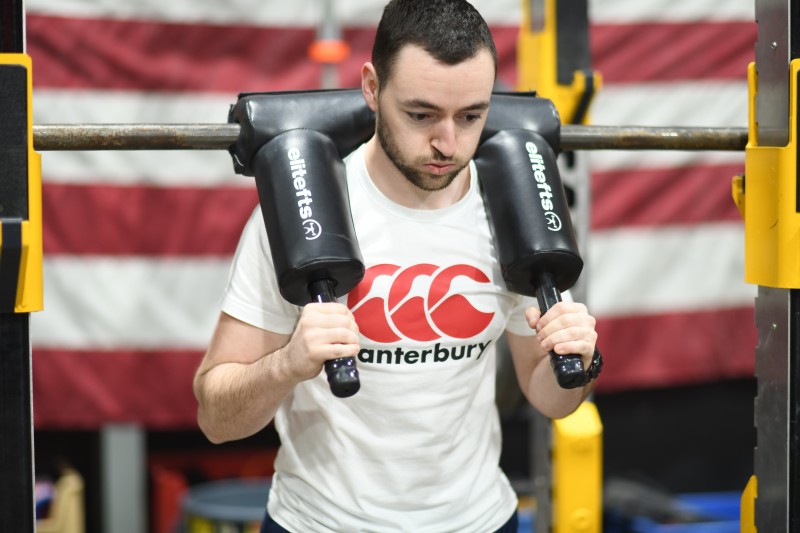
2. Find Ways to Empower Ownership (Even If It Means Taking a Road You Didn’t Expect)
This one takes humility, and the ability to see the bigger picture, as well as the number of possible roads to get to the greater goal.
RELATED: 12 Rules for Becoming a Better Strength Coach
For athletes, this is where building a solid relationship on a foundation of trust can be crucial to success. Now there are times when you’re just going to need an athlete to do something even if they don’t understand it, and it’s going to be a “because I said so” type of situation. But sometimes I think we use that a little too frequently, whether out of laziness or stubbornness.
Finding ways for an athlete to make a choice that they will then have ownership over, can be empowering and ultimately lead to greater success towards the goal. For instance, if I know a lifter needs to build on a certain aspect of a weakness, I may have a specific exercise in mind for this. But this same lifter has been asking me for weeks to use the new Safety Squat Bar that they got in their gym. Can I be stubborn and make them do my original exercise? Sure. But can I also look to see if there’s a movement using that bar that will take us to that same goal? Absolutely.
This isn’t always going to be able to work, and ultimately, athletes need to trust you and your choices. But when there’s an opportunity to provide the athlete a solution that they have chosen, it can bring with it increased effort and accountability (they know they have to live with the consequences of their choice). This also doesn’t work with every athlete, but if you have a solid relationship and communication, it is a great option.
For employees, it is a similar concept to the athlete. In achieving the ultimate goal of the organization, can you provide the team members an opportunity to make an empowering choice that will instill ownership from them? It can be easy for everything to be a “Here’s our problem, so you all need to do this ____” mentality, but finding opportunities to say, “Here’s our problem, I need all of your help in deciding on the solution” can lead to some great ideas. Sometimes when we put more responsibility and choices on the shoulders of the team, the team can do amazing things.
Keep in mind that just like with lifters, this is always dependent on the situation and the team. As more time passes, you’ll be better at recognizing the time and place for each approach, and it will also help you in identifying the strengths of your staff.
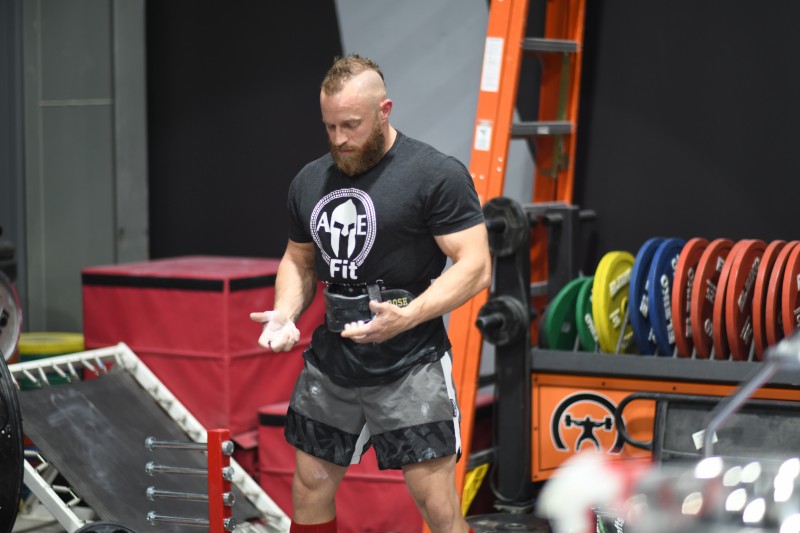
3. Be a Leader of Principles
For athletes, some may care about the sets, reps, and percentages; but many won’t. Ultimately, the ones that do will likely not see eye to eye with every decision you make. They may not be able to (or want to) understand every small component of your coaching, but they will understand the greater principles that you adhere to.
Both training principles and the principles behind how you treat your athletes should always be at the obvious core of your choices. The training principles provide integrity to your program and keep the athlete and program on track. The broader principles will allow the athlete to trust you even when they don’t understand the ins and outs of what you’re having them do.
For employees, your values and principles will be the root of everything you do. Over time, you’ll find that the choices you make that don’t stem from those values will ultimately either fail or etch away at your integrity.
If there’s one thing your staff should know, it’s your values and what you stand for. Supervising people is a tough task with a lot of ups and downs, and genuine values will impact people’s lives far longer than any idea, task, or initiative ever will.










